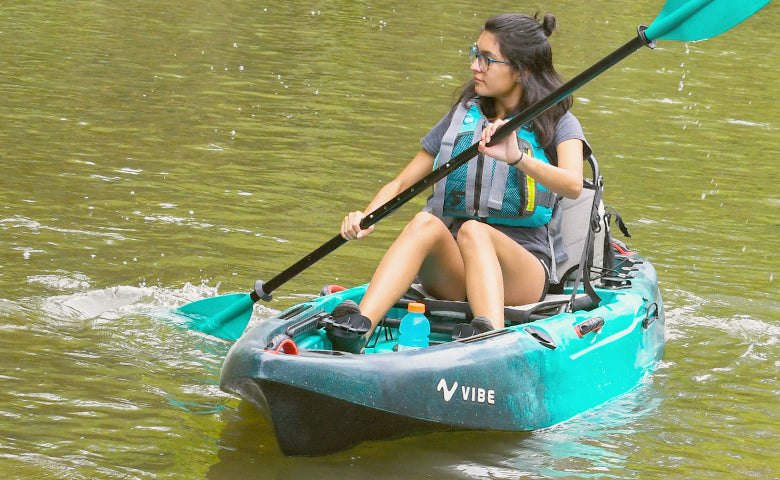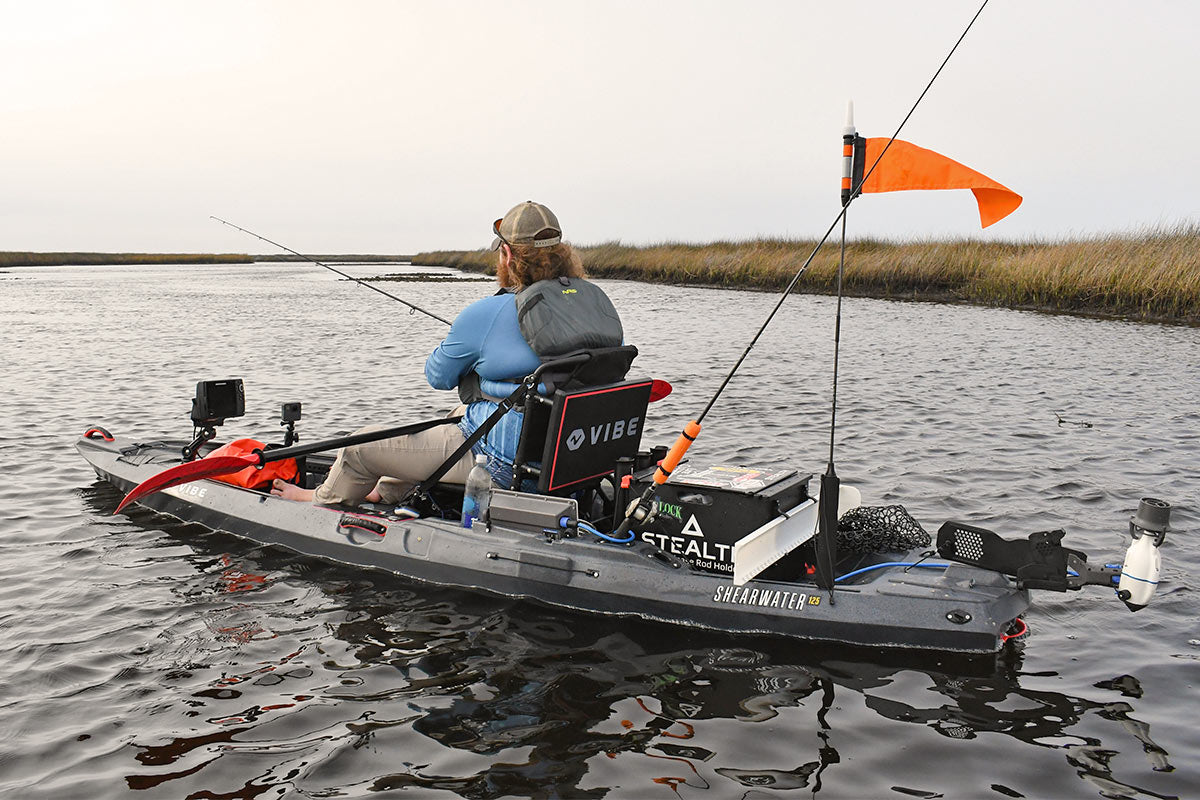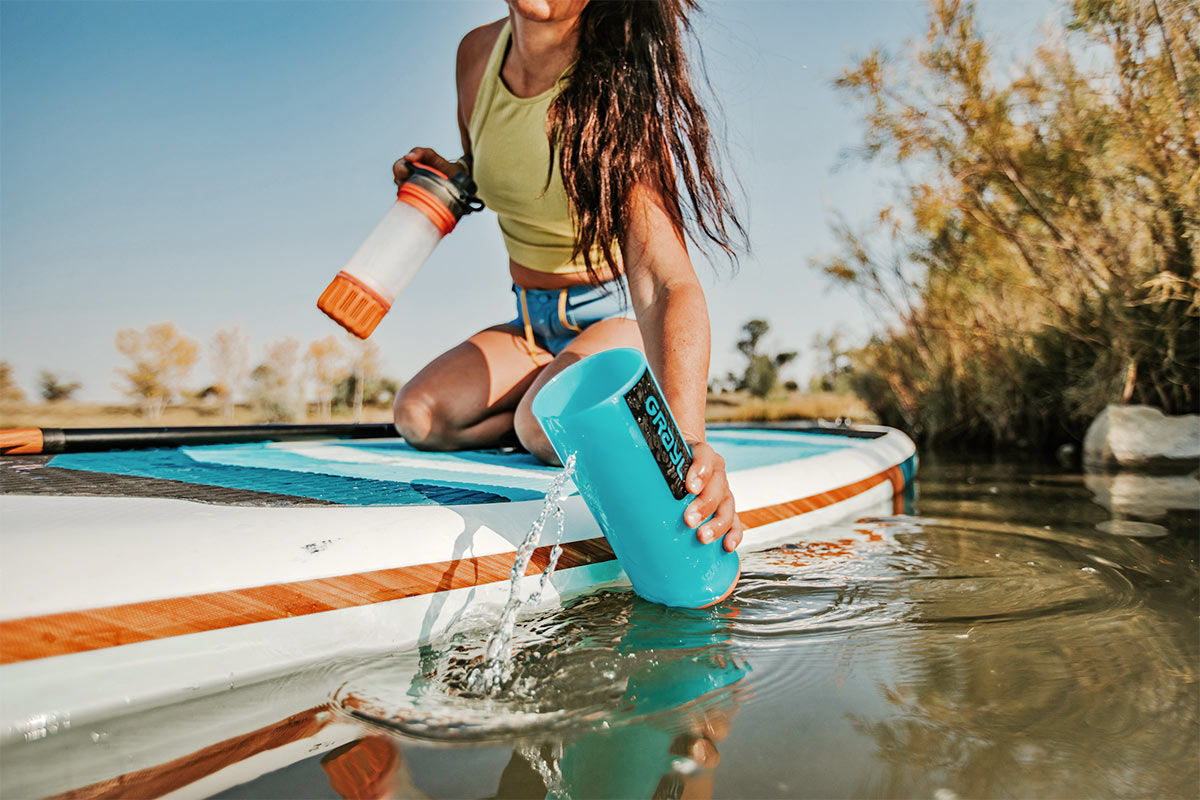What To Do If You Flip Your Kayak

No one expects to flip their fishing kayak, but it's going to happen at some point – no matter what type of kayak you have.
A flip might be caused by strong currents, or winds, or due to wake and waves from a motorized boat. A sit-on-top fishing kayak is always the safest and easiest kayak if you do end up capsizing, because a sit-on-top kayak is self bailing, and will not swamp with water as easily as a sit-inside kayak and you can more easily get a hand on it to keep yourself above water.
No matter what type of fishing kayak you're in, wearing a life vest or personal floatation device (PFD) is always smart and can save your life. Not wearing a PFD will make it even more difficult to be safe if weather or waves are bad, and to get back to shore if you can't reach your kayak.
But how do you avoid being trapped if the kayak flips? When it’s time to swim, you need to get yourself free and clear via a wet exit.
Here’s a quick overview of the steps you’ll take for a kayak wet exit:
- Brace to prevent the capsize.
- Lean forward if you are about to capsize and don't panic.
- When you are underwater, slide your hand along your kayak to grab an edge. (Forget the impulse to grab rods and gear.)
- Push yourself away from the kayak using your arms and legs. This is easier if you are on a sit-on-top kayak than it is for a sit-in-side kayak. If you're in a sit-inside kayak, then you need to make sure you bring your legs up out of the cockpit and then push away from the kayak.
- Push yourself forward and let your PFD do the rest. When your PFD bobs you to the surface, you'll be safe.
- Locate the kayak and then your paddle. If you have a sit-on-top, your kayak will be floating and you can head towards it. If the sit-on-top kayak is right side up, then you can try and get back on the kayak or simply use it to float and push it to shore. If the kayak is upside down, you can either use the kayak to float and pushing it to shore, or if you have prior experience flipping it upright from water level then you can do that – which will be the basis of another article. If you have not practiced flipping your sit-on-top kayak upright in shallow water prior to a real flip in deeper water, then for safety reasons you should not try to flip your kayak back during an emergency. Just use the kayak as a large personal flotation device and push it to shore.
No matter how cautious you are as a paddler, you never know when conditions will conspire to require the safety skill of doing a wet exit.
It’s essential to learn the wet exit and then to practice it in a calm, safe environment with a partner or lifeguard present until it becomes second nature.
Before You Capsize
If you feel your kayak about to roll over, sometimes you can shift your weight to the side which is tipping to prevent capsizing.
Having a good PFD and knowing safety techniques and procedures prior to an accident or emergency is key to having a long and enjoyable life on the water.
Practicing all these techniques will make you more confident on the water, knowing that you can take care of any situation that might come up is great peace of mind.



